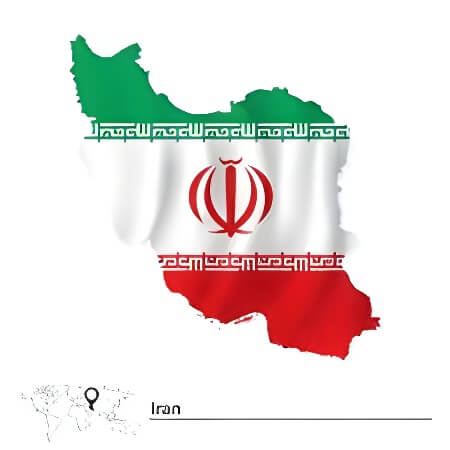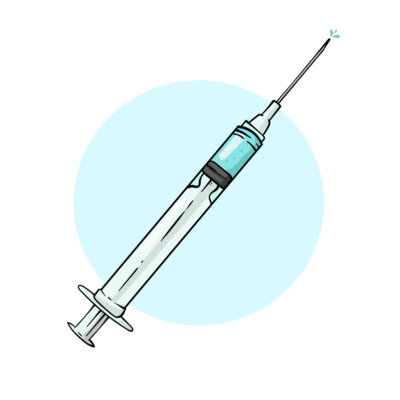
🎯 The Rise of NA in Iran: A Recovery Movement Like No Other
Narcotics Anonymous (NA) has witnessed extraordinary growth in Iran since its introduction in 1990, becoming second only to the United States in terms of membership and number of meetings. This article dives deep into the phenomenon behind the Rise of NA in Iran, uncovering the emotional stories and staggering statistics behind its success.
📊 A Surprising Leader in Global Recovery
As of 2012, there were approximately 61,800 NA meetings held globally:
-
🇺🇸 27,650 in the USA
-
🌍 15,955 in the rest of the world (excluding Iran)
-
🇮🇷 18,195 weekly meetings in Iran alone
In fact, NA was voted the top NGO by the Iranian government. But how did this unlikely reality come to be? 🤔
✈️ Breaking Expectations: A Journey to Iran
In 2006, Rebecca—Assistant Executive Director of NA World Services—traveled to Iran with board member Tom M. from Hawaii. Despite her initial fears as a tall American woman in a conservative country, what she found was warmth, hospitality, and a vibrant recovery community.
« Tehran at 3:00 AM was still bustling, » Tom wrote in his Iran Diaries.
Their arrival was celebrated by thousands of Iranian NA members, who had rented a sports arena to welcome them. When they entered, they were greeted with chants, clapping, and tears of gratitude—not for them personally, but for what NA represents. 🧡
“We shot a lot of dope, that’s all, and beyond that we have just showed up like any other member,” Tom said humbly.
🏟️ A Movement of Tens of Thousands
Over 24,000 Iranians in recovery filled the stadium that day. For Rebecca, the experience was transformative. She was struck by the passion and unity of the fellowship in Iran and their profound devotion to recovery principles.
Banners displayed the universal NA message: « Just For Today » — written in English, just for them.
🌍 How Did the Rise of NA in Iran Begin?
Narcotics Anonymous, born in the U.S. in 1953, describes itself as a nonprofit fellowship for individuals whose lives have been affected by drug addiction. While NA faced police harassment in its early U.S. days, it slowly expanded to 130+ countries.
But the Rise of NA in Iran was especially unique.
In an interview, Rebecca shared:
“What we talk about as principles in 12 Step fellowships, the Iranians in NA live and embrace… The lengths they go to help an addict in need are inspiring.”
🧾 The Numbers Behind the Growth
From the 2008 NAWS Report, Iran’s contributions were astounding:
-
📚 126,000 Basic Texts sold (out of 447,000 worldwide)
-
🏷️ 1 million key tags distributed—9% more than the U.S.
-
📄 1.7 million pamphlets handed out—more than the rest of the world combined
🧩 Not Politics, Just Recovery
Despite decades of political tension with the West, the success of NA in Iran has nothing to do with governments. It’s a story about:
-
🙌 Fellowship
-
❤️ Service
-
🌱 Transformation
In fact, NA World Services only became fully aware of Iran’s success in 2003, when Iranian members reached out. Up until then, Iran’s movement had been underestimated.
🚀 The Birth of Iranian NA
The roots of the movement trace back to 1990, when Mohsen T., a recovering addict who had joined NA in Los Angeles, returned to Iran. He attempted to start a meeting in a local rehab center, but had to abandon the effort to stay true to NA’s traditions.
Later, he began hosting meetings in private homes with other Iranians who had lived abroad. From this humble beginning, NA in Iran began to flourish. By 2004, NAWS confirmed that NA in Iran was not just authentic—it was thriving. 🌟
“Better in the enthusiasm, better in carrying the message… better in commitment to recovery.”
In 2005, a branch office of NA World Services was officially opened in Iran.
💡 Why Is NA So Successful in Iran?
According to a representative from the Iran NA office, the key reasons include:
-
📝 Translation and wide distribution of NA literature into Farsi
-
⚙️ Strong service structure with deeply committed members
-
🏛️ Cultural alignment between Persian traditions and the 12 Steps & Traditions
🧠 A Legacy of Opium: The Historical Context
Iran’s long history with opiates—dating back before the Persian Empire—also explains the depth of addiction and the need for a recovery solution.
According to Radio Free Europe:
“Iran has the highest per capita number of opiate addicts in the world at 2.8% of those over 15. Opium is cheaper than beer and widely available.”
This addiction crisis, combined with limited access to alcohol due to religious laws, made NA an essential refuge for many Iranians.
🌍 The Rise of NA in Iran: A Global Inspiration
The Rise of NA in Iran is more than just a success story—it’s a beacon of hope in the recovery world. It reminds us that addiction knows no borders, and neither does healing. 🌈
From private homes to packed arenas, from 4 members to 24,000 attendees, the Iranian NA community continues to show the world what’s possible when commitment, compassion, and connection lead the way. 💖
👉 Retrouvez toutes nos ressources sur afder.org, comprenez combien de temps il faut pour arrêter l’alcool, et découvrez pourquoi l’alcool peut être plus nocif que l’héroïne ou le crack.
✅ #NAinIran, ✅ #AddictionRecovery, ✅ #12StepProgram, ✅ #PeerSupport, ✅ #SpiritualRecovery, ✅ #IranDrugPolicy, ✅ #CulturalAdaptation, ✅ #SponsorshipNA, ✅ #RehabInIran, ✅ #NarcoticsAnonymousGrowth

